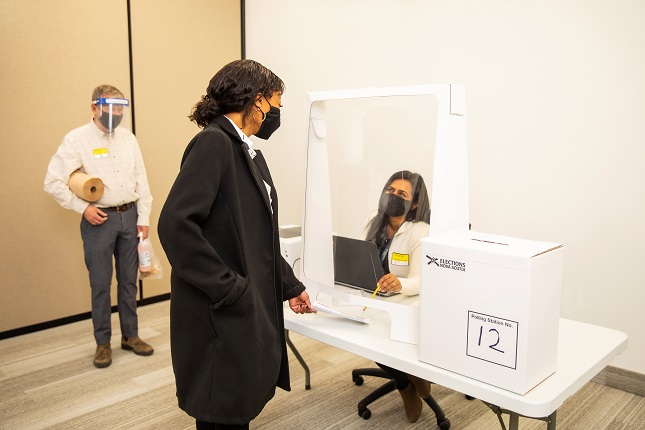Elections Nova Scotia

Nova Scotia Election Basics
Provincial General Elections
In a provincial general election, you have the opportunity to vote for the registered party or person you want to represent you in the House of Assembly. The leader of the winning party becomes the premier of the province. All elected persons are known as Members of the Legislative Assembly, or MLAs. Nova Scotia is divided into 55 electoral districts. In each of the electoral districts, there is a corresponding seat in our Legislative Assembly (also called our House of Assembly). These districts are further divided into polling divisions. Each polling division usually includes 250-450 voters.
On election day, you may go to the voting location for your polling division and cast your vote for the candidate of your choice running in your electoral district. When the polls are closed, all the votes in your polling division are counted. These are then added to the results from all the other polling divisions in your electoral district, as well as the write-in ballots and advance polls. When the grand total is counted, the candidate with the most votes from that electoral district gets a seat in the Legislative Assembly, and becomes an MLA. The party with the most seats in the Legislative Assembly becomes the governing party.